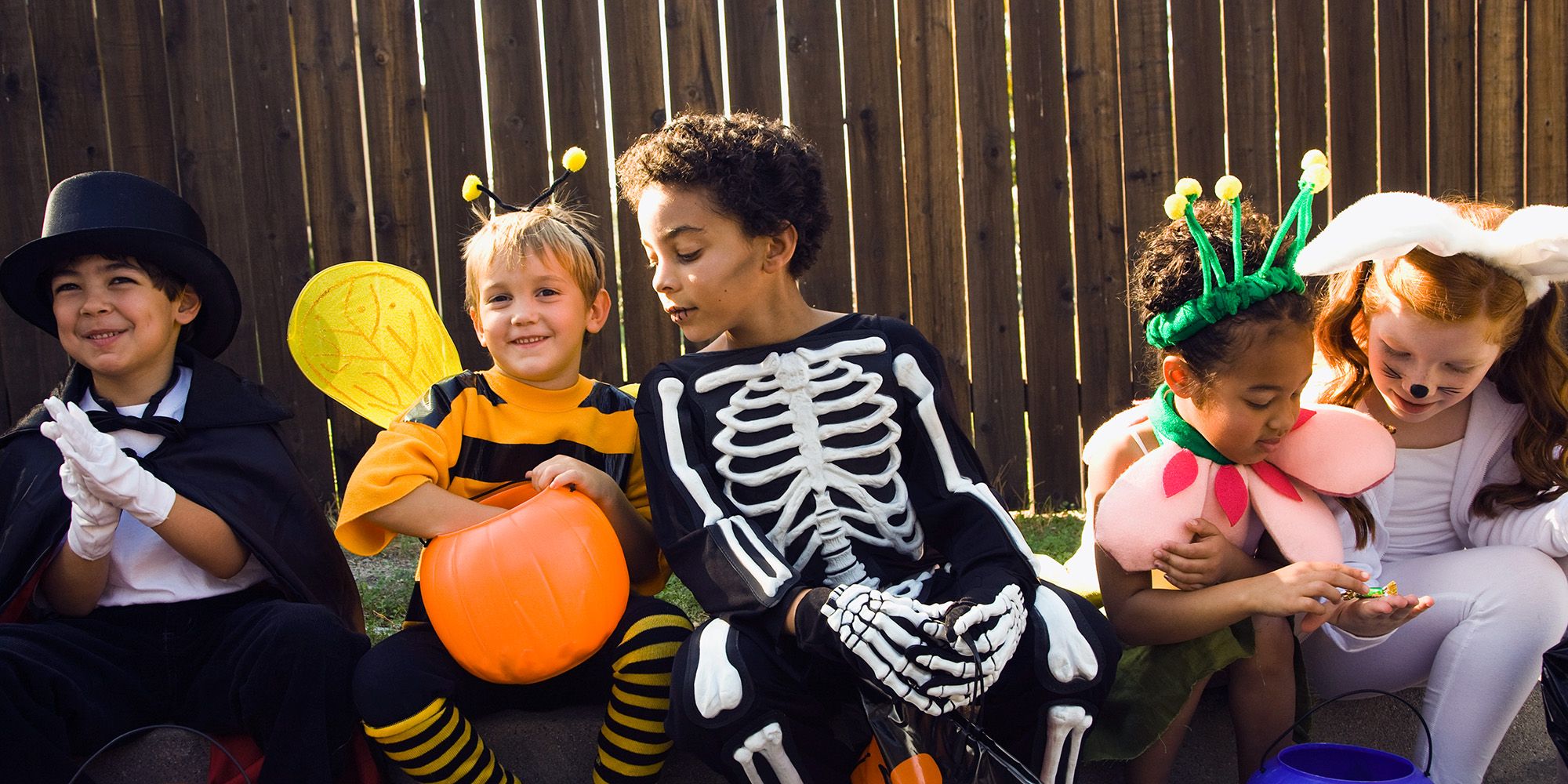Why Choose Natural Dyes for Halloween?
Dyeing with Nature’s Palette, Before we embark on our journey into natural dyeing, let’s understand why it’s beneficial to opt for natural dyes during Halloween:
Eco-Friendly:
Natural dyes are derived from plant materials, reducing the need for synthetic chemicals and their environmental impact.
Healthier:
Natural dyes are generally non-toxic and safer for both the environment and your health compared to synthetic dyes.
Sustainable:
Many natural dye sources are renewable and easily accessible, making them a sustainable choice.
Unique Colors:
Natural dyes offer a rich, earthy color palette that’s distinct from synthetic dyes, lending a unique and rustic charm to your Halloween projects.
Now, let’s explore how to harness the power of natural dyes for your Halloween endeavors.
Pumpkin Painting with Natural Dyes
Rather than using synthetic paints to decorate your pumpkins, consider making natural dyes from various ingredients and using them to paint your pumpkins. Here’s how:
Materials Needed:
- Pumpkins
- Natural dye ingredients (e.g., beets, turmeric, spinach, coffee, red cabbage, blackberries, etc.)
- Small pots and a stove
- Water
- Strainers or cheesecloth
- Paintbrushes
- Bowls or containers
Instructions:
- Choose your natural dye sources based on the color you want to achieve. For example, beets and blackberries create beautiful red and purple hues, respectively.
- Chop or crush the chosen natural dye ingredients and place them in separate pots.
- Add water to each pot, enough to cover the ingredients. Simmer the pots for about an hour until the water turns richly colored.
- Strain the liquid from the pots using a strainer or cheesecloth to remove any solid particles.
- Allow the natural dyes to cool to room temperature.
- Once your natural dyes are ready, paint your pumpkins using paintbrushes, and let them dry.
Fabric Dyeing with Natural Dyes
Natural dyes can also be used to transform plain fabric into vibrant costumes or decorations. Here’s a simple method for fabric dyeing using natural ingredients:
Materials Needed:
- White or light-colored fabric (cotton, linen, silk, or wool)
- Natural dye ingredients (e.g., onion skins, marigold petals, avocado pits, etc.)
- Large pots
- Water
- Alum (a mordant or fixative)
- Strainers or cheesecloth
- Rubber gloves
Instructions:
- Pre-wash your fabric to remove any finishes or dirt, and let it soak in water until it’s thoroughly wet.
- While the fabric is soaking, prepare your natural dye bath. Choose your dye ingredients based on the color you want to achieve. For example, onion skins create beautiful golden tones.
- Place your chosen natural dye ingredients in a large pot, add water, and simmer for an hour or more until you achieve your desired color.
- Strain the liquid from the pot to remove any solid particles.
- Prepare a mordant solution by dissolving alum in water. The mordant helps the fabric absorb the dye. Follow the instructions on the alum package for the appropriate proportions.
- Add the wet fabric to the mordant solution and simmer for an hour.
- Rinse the fabric in cold water and wring it out gently.
- Place the damp fabric in the strained natural dye bath and simmer for another hour or until you achieve the desired color. Stir occasionally.
- Remove the fabric from the dye bath, rinse it with cold water until the water runs clear, and hang it to dry.
- Once dry, you can use your naturally dyed fabric to create unique costumes, banners, tablecloths, and more for your Halloween decorations.
Edible Halloween Treats with Natural Colors
Incorporate natural dyes into your Halloween treats for a delicious and colorful twist. Here’s how to create edible treats using natural ingredients:
Materials Needed:
- Ingredients for your chosen treat (e.g., cookies, cupcakes, frosting, etc.)
- Natural dye ingredients (e.g., beet juice, matcha powder, spirulina, etc.)
- Mixing bowls
- Mixing utensils
- Piping bags (for frosting)
- Food-grade paintbrushes (for decorating)
Instructions:
- Select your natural dye sources based on the colors you want for your treats. For example, beet juice can create a lovely pink or red hue, while matcha powder can add a vibrant green.
- Prepare your natural dyes by extracting the colors from your chosen ingredients. For example, beet juice can be obtained by blending and straining cooked beets.
- Follow your recipe to prepare your treats, such as baking cookies or cupcakes, and allow them to cool.
- Divide your frosting or icing into separate bowls.
- Add your natural dyes in small increments until you achieve the desired color intensity.
- Use piping bags to decorate your treats with the naturally colored frosting, or use food-grade paintbrushes to create intricate designs.
Natural Dye Batik Fabric
Batik is a traditional method of dyeing fabric that involves applying wax to resist dye in certain areas, resulting in stunning patterns. You can create batik fabric using natural dyes for unique Halloween costumes or decorations:
Materials Needed:
- White or light-colored fabric (cotton or silk)
- Beeswax
- Natural dye ingredients (e.g., onion skins, indigo, etc.)
- Large pots
- Water
- Strainers or cheesecloth
- Rubber gloves
- Tjanting tool or paintbrush for wax application
Instructions:
- Wash and dry your fabric to remove any finishes or dirt.
- Prepare your natural dye bath as described in the fabric dyeing instructions above.
- While your dye bath is simmering, prepare the wax for batik by melting beeswax in a double boiler or microwave.
- Use a tjanting tool or a paintbrush to apply the melted wax in intricate patterns on your fabric. The wax will resist the dye and create beautiful designs.
- Once your dye bath is ready, dip the fabric into the dye and let it soak until you achieve your desired color.
- Remove the fabric from the dye bath and rinse it in cold water until the water runs clear.
- Lay the fabric flat and cover it with newspaper or paper towels.
- Iron the fabric between layers of newspaper or paper towels to remove the wax. The wax will melt and be absorbed by the paper.
- Hang the fabric to dry, and once dry, you can use it for costumes, banners, or other Halloween decorations.
Conclusion
This Halloween, consider embracing the world of natural dyes to create unique, eco-friendly, and colorful decorations and treats. Whether you’re painting pumpkins, dyeing fabrics, decorating cookies, or crafting batik patterns, natural dyes provide a sustainable alternative to synthetic colors. Not only will you achieve beautiful results, but you’ll also contribute to a more environmentally friendly celebration that embraces the beauty of nature’s palette. So, let your creativity flow, experiment with natural dyeing, and enjoy a colorful and sustainable Halloween!



